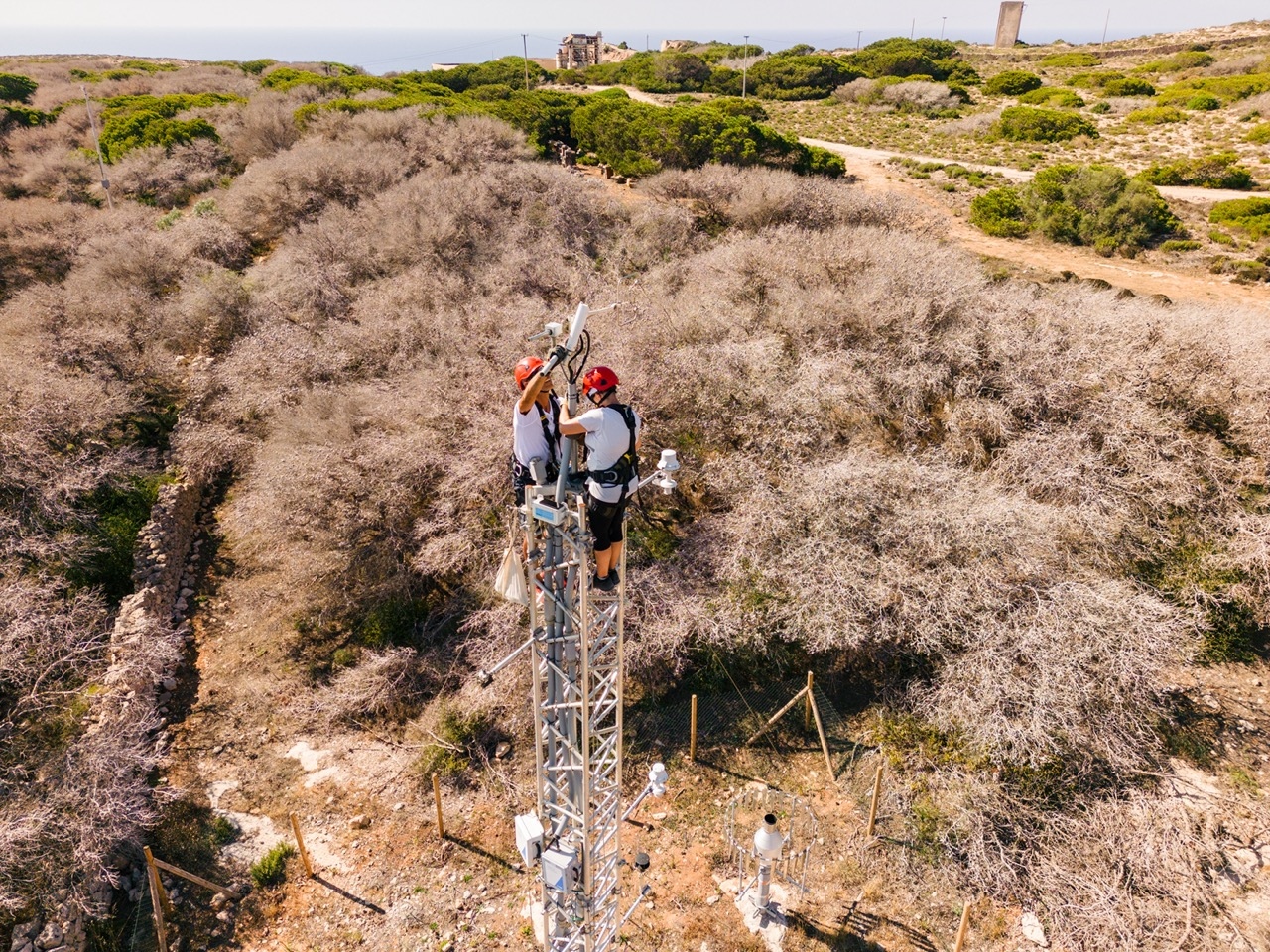
At the beginning of 2024, ICOS gained 10 new stations in the network. Among them are the northernmost crop site in the network, an experimental carbon farming station in Belgium, and the first station in the ICOS network that measures greenhouse gases in all three ICOS domains.
ICOS offers standardised, high-precision greenhouse gas observations to facilitate science and informed decision-making. This greenhouse gas data comes from close to 180 measurement stations spread all across Europe. By expanding the network and increasing the number of measurement stations, the available data will increasingly reflect various environmental conditions, enabling researchers to study how climate change affects ecosystems across different regions of Europe.
After joining the network, stations move towards completing their station labelling process, which is one of the key ways ICOS takes care of its data quality. The expansion of the network, however, is not always linear. Sometimes stations are removed from the network on their request, but on very rare occasions, they are removed because of a lack of funding from their national funding bodies. Long-term greenhouse gas measurements should always be secured with adequate funding because once the data collection in the station is discontinued, it will not be possible to go back in time and record the data again.
What kinds of possibilities do the new stations offer for research, and what is their broader significance to the ICOS network? We spoke to some of the Principal Investigators of the new stations to find answers to these questions.
The northernmost crop site in the ICOS network
The ICOS Ecosystem station Anttila is located in Maaninka, North-Eastern Finland, making it the northernmost cropland station in the ICOS network. The station represents a managed legume grassland on mineral soil and is the only cropland station in the ICOS Finland network.
“The research objective at this site is to understand the role of managed Finnish grasslands in the sustainability of milk and beef production in Finland. This site represents the North Savo region which is the second largest milk producer in the country”, says Narasinha Shurpali, Principal Investigator of the Anttila station. “With the inclusion of this site, ICOS Finland now can fulfil its commitment to study this sector of boreal agriculture.”
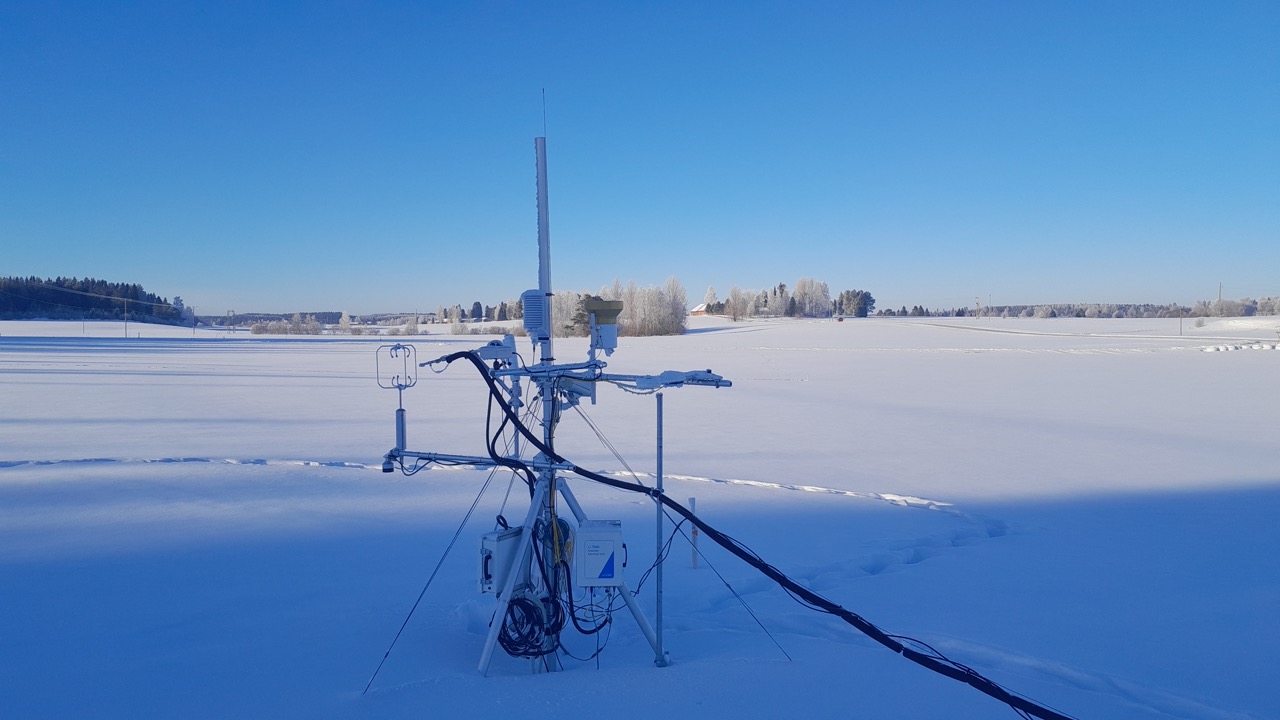
Reliable measurements of carbon farming practices
The two Ecosystem stations in Westmalle are located at the same cropland about 20 km northeast of the city of Antwerp in Belgium. The station, divided into two parts, conducts measurements on the impacts of carbon farming, which refers to land use practices that aim to increase the amount of carbon in vegetation and soil. The field is split into two areas: one where carbon farming practices are implemented, and a control site, where land is managed in a business-as-usual manner.
“On the control site, there is a rotation of maize, followed by a winter crop. But on the experimental side, we try to improve the crop rotations by including more permanent crops that can grow all year round, or by growing crops with deeper roots, so carbon can be stored deeper in the soil,” explains Tim De Meulder, Principal Investigator of the Westmalle station.
Changing land management practices can help to mitigate the emissions from agriculture, which in 2023 contributed to more than 10% of the EU’s total greenhouse gas emissions. This is why reliably measuring the impacts of carbon farming is vitally important right now.
“We aim to provide empirical proof that it is possible to produce food or feed for your livestock by combining sustainable and carbon-negative practices, and that it is possible to do this in an economically viable way”, De Meulder says.
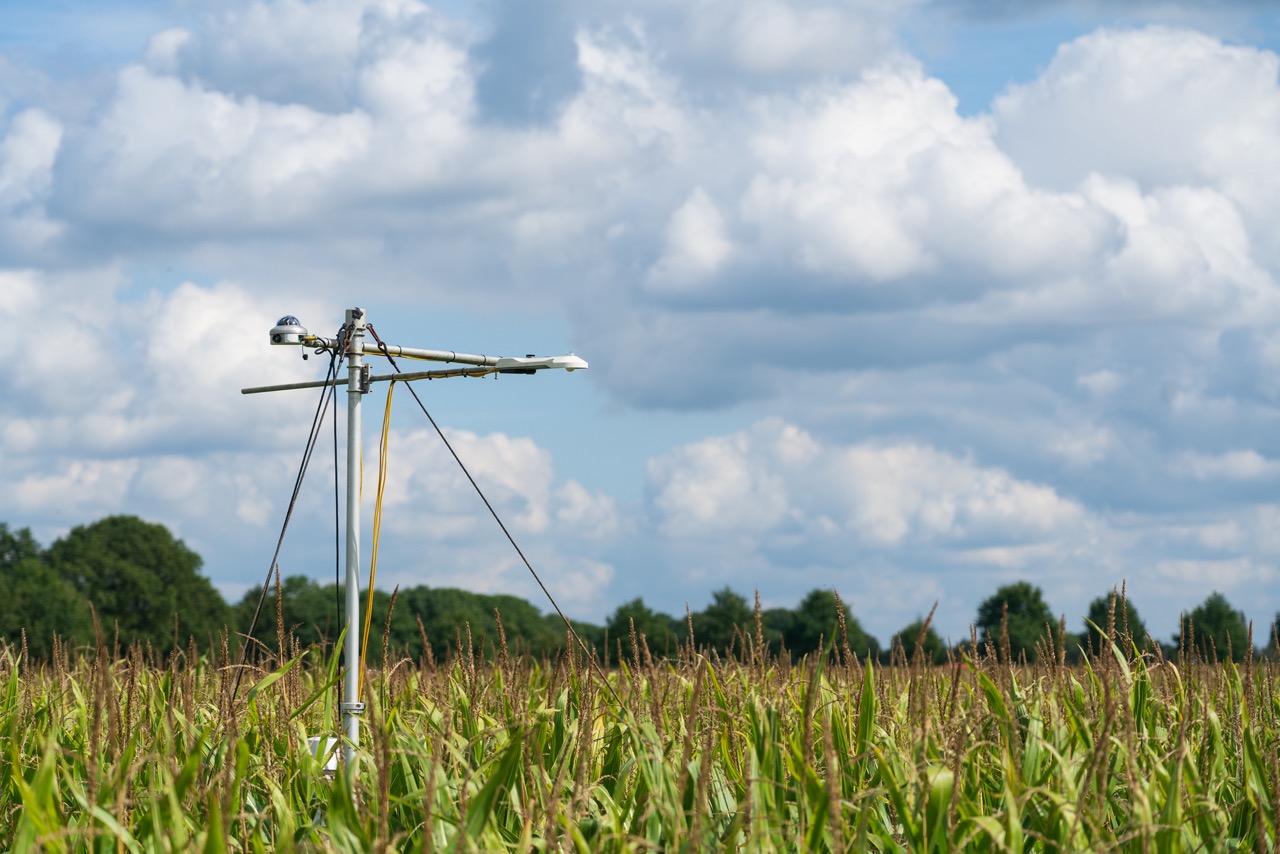
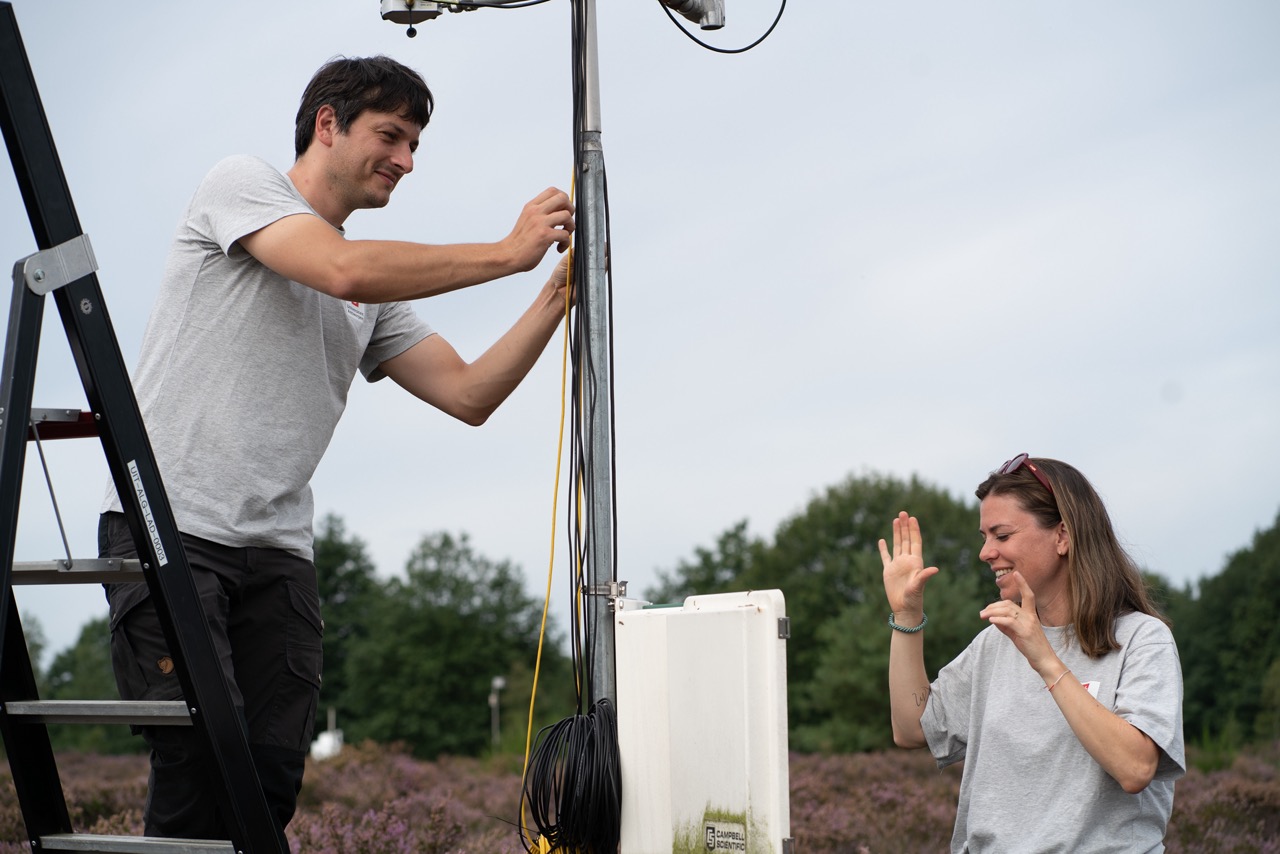
The first integrated observatory in the ICOS network
The Lampedusa station in Italy is the first station in the ICOS network to integrate measurements from all three ICOS domains: Atmospheric, Ocean and Ecosystem. Atmospheric CO2 measurements on the island of Lampedusa were started in 1992, and the site completed the ICOS labelling in 2020. The Oceanographic Observatory began operations in 2015, and air-sea CO2 flux measurements were started in 2021.
Lampedusa is a small island, with little vegetation far from large human-created emission sources such as cities or other habitation. The island’s remote location allows for the investigation of the influence of transport as well as regional and seasonal differences in sources and sinks. The combination of high-quality atmospheric measurements and ocean observations allows scientists to examine the CO2 air-sea exchange in an open ocean area, where information on the ocean carbon cycle has so far been scarce. With the latest addition of the Ecosystem component, the Lampedusa station is now fully equipped to measure greenhouse gases in all three domains.
“These measurements are critical because this is an environment that’s rapidly changing due to climate change and extreme events such as heatwaves, says the Principal Investigator (PI) of the Ecosystem station, Daniela Meloni.
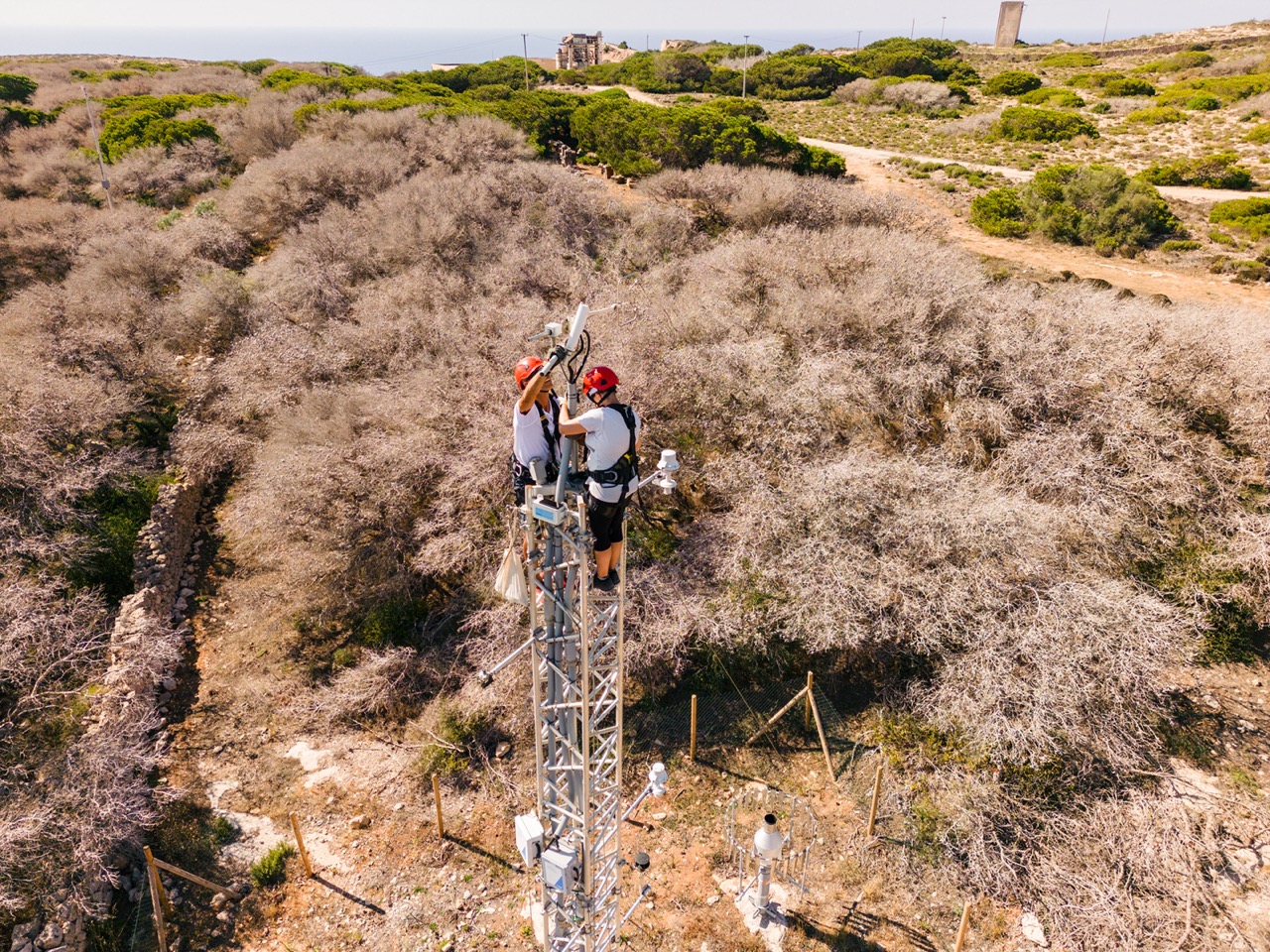
The three measurement sites are part of a single integrated observatory, whose PIs have been working together for a long time. “A close collaboration with the PIs of the Atmospheric (Tatiana Di Iorio) and Ocean (Alcide di Sarra, Damiano Sferlazzo) components is active,” says Daniela Meloni. ”The three sites have many instruments in common. This allows us to capitalize on the experience gained at the well-established Atmosphere and Ocean stations for the maintenance and calibration of the sensors, which is essential for high-quality data”. For example, many instruments are calibrated at the Atmosphere station, where reference sensors are installed.
“Having three observatories just a few kilometres apart is unique within the ICOS network and provides added value for assessing the spatial distribution of CO2 concentration and other atmospheric parameters upon different domains”, Daniela Meloni says.
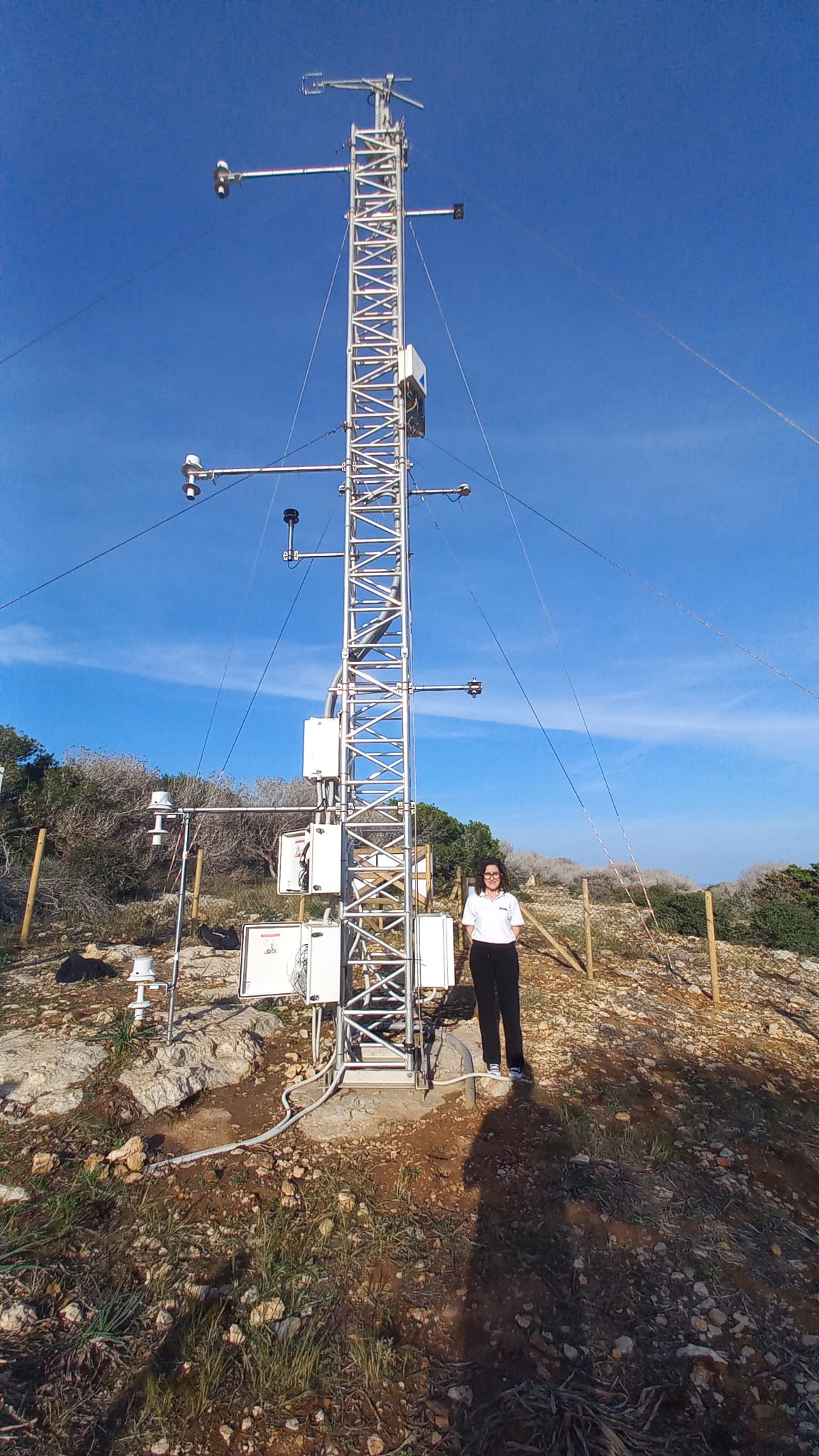
- Learn more about ICOS Belgium
- Learn more about ICOS Finland
- Learn more about ICOS Italy
- Learn more about the Westmalle station on the ICOS Belgium website
- Read a previous news story: Lampedusa Station in Italy becomes an integrated observatory